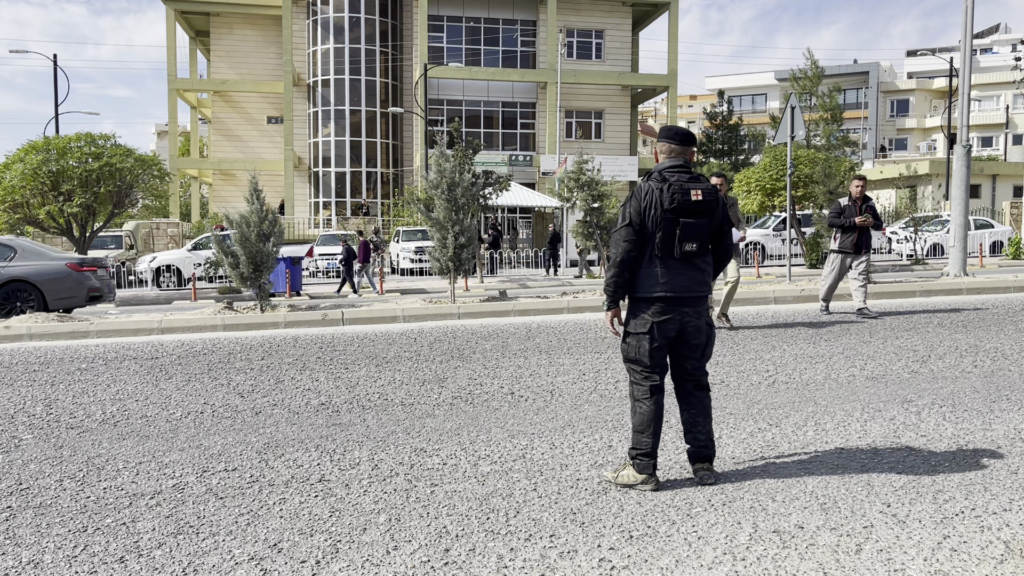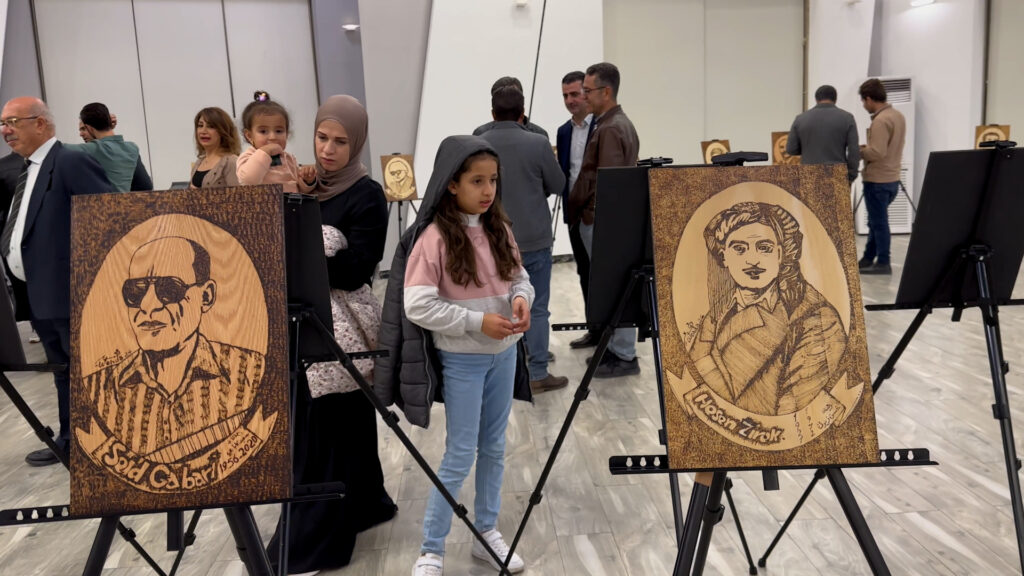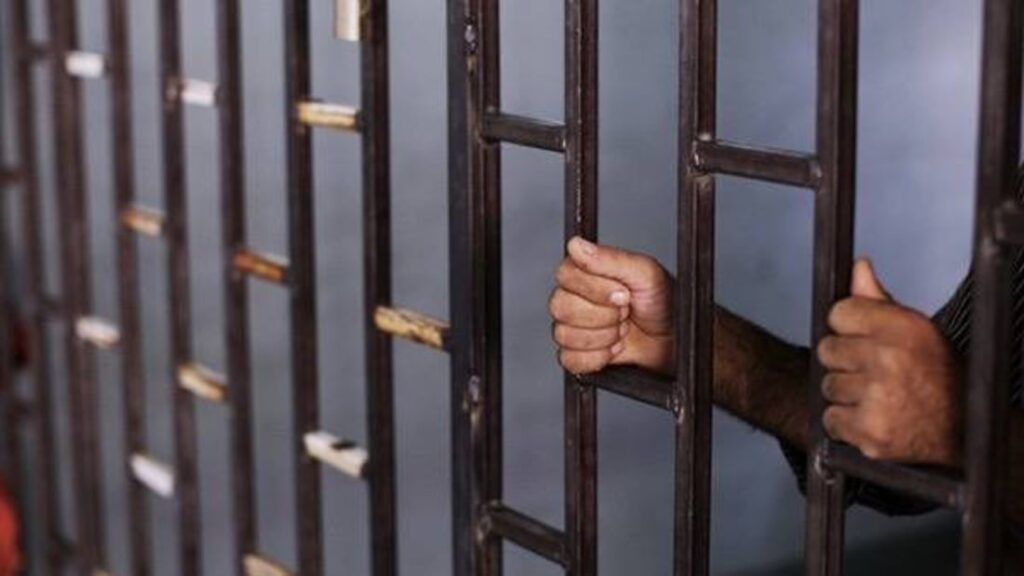Rapid Assessment on Returns and Durable Solutions, Markaz Mosul Sub-district - Mosul District - Ninewa Governorate, Iraq, March 2021

Situation Overview
In 2020, the number of internally displaced persons (IDPs) returning to their area of origin (AoO) or being re-displaced increased, coupled with persisting challenges in relation to social cohesion, lack of services, infrastructure and - in some cases - security in AoO. Increased returns were driven in part by the ongoing closure and consolidation of IDP camps; at the time of data collection, 16 formal camps and informal sites have been closed or reclassified as informal sites since camp closures started in mid-October, with planning ongoing surrounding the future of the remaining camps across Iraq. The International Organization for Migration (IOM) Displacement Tracking Matrix (DTM)’s Returnee Master List recorded that over 3,370 households returned to non-camp locations across the country between January and February 2021.
In light of these dynamics, the need to better understand the sustainability of returns, conditions for the (re)integration of IDPs and returnees, and the impact of their presence on access to services and social cohesion has been identified in the context of humanitarian and development planning.




